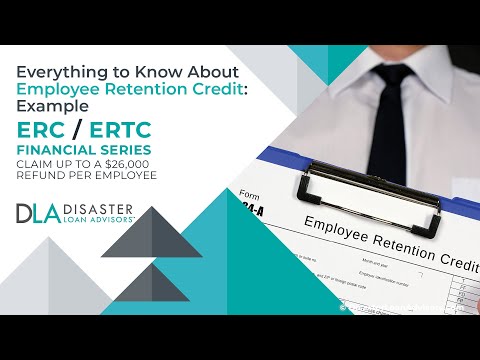The tax credit for retention of employees is a great instrument for companies to help retain their employees through tough economic times. The Coronavirus Aid, Relief created this tax credit, which is refundable, in addition to the Economic Security (CARES) Act in 2020 . It is designed to help employers keep their employees on payroll in spite of the financial challenges that result from the COVID-19 epidemic. The tax credit for employee retention is available to employers of all sizes, which includes those that are self-employed or have less than 500 employees.
The tax credit for retention of employees offers a tax credit that is refundable for up to 50% of wages paid by an eligible employer to employees in the time starting the 12th of March, 2020 and ending on December 31, 2021. The maximum amount for the tax credit can be $5,000 per employee in a year. Credit is available any employer, regardless of whether they have experienced a full or partial interruption of businesses due to the COVID-19 epidemic.
The goal of this article is to provide general information about the employee retention tax credit and what employers should be aware of in order to be able to take advantage of it. We will go over eligibility requirements, how it operates, and the best way to apply for the credit. We will also share tips for employers about how to maximize their tax credits for retention of employees.
In conclusion, the employee retention tax credit can be a useful tool for employers to assist keep their employees employed during challenging economic times. It is available for employers of all sizes and gives a tax credit of up to 50 percent of the wages an eligible employer pay its employees. Employers should take the time to understand the eligibility requirements, how the credit works, and how to claim it in order to maximize their tax credit for employee retention. By making use of this tax credit, employers will assist in ensuring their business's financial stability as well as the continued employment of their employees.
Employers should also seek advice from their tax advisors to ensure they are taking full advantage of the retention tax credit and other available relief programs. It is important to note that the CARES Act provides a number of other relief programs to go along with the tax credit to retain employees which include The Paycheck Protection Program and Economic Injury Disaster Loans. By making use of all of the relief programs offered employers can aid in ensuring their businesses' financial stability and their employees' continued employment.

















